Roelof Louw – Flag Works
R250Artist’s Monograph
Showing 1473–1488 of 1860 results
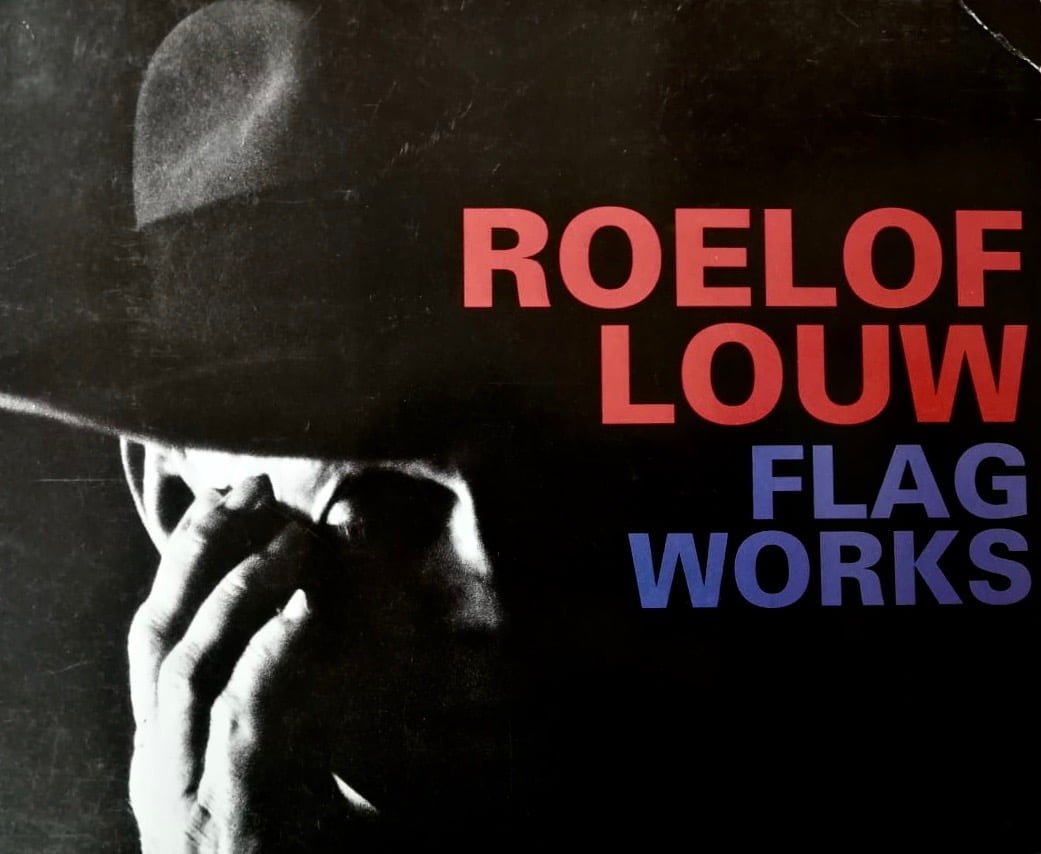
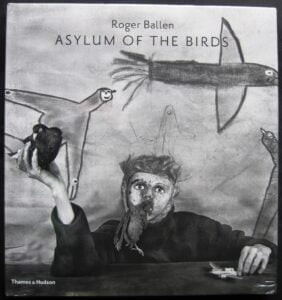
Roger Ballen is one of the most original image makers of the twenty-first century. Asylum of the Birds showcases his iconic photographs, which were all taken entirely within the confines of a house in a Johannesburg suburb, the location of which remains a tightly guarded secret.
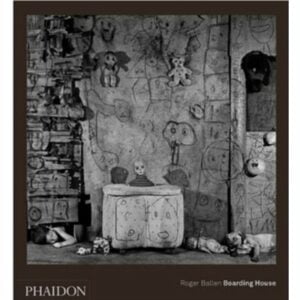
“Boarding House” shows an imaginary space of transient residence, of coming and goings, of people without homes, sheltering in an abode that they are using for their immediate survival. The structure is basic and fundamental and it is furnished with objects that are necessarily for an elementary existence. Remnants function here as physical symbols of events that have occurred in this space; broken pieces of a functional reality exist as the leftovers of scenarios that were played out here.
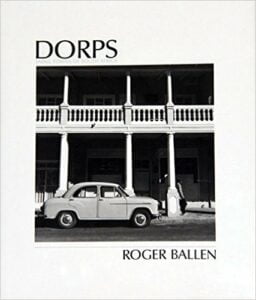 Out of stock
Out of stockDorps, The Small Towns of South Africa is about a part of “Old Africa” that is quickly disappearing. From 1982 to 1986, Roger Ballen, an American, traveled widely throughout South Africa, visiting its scattered towns and villages. During this time he developed a unique vision towards little-known corners and artifacts, trading stores, old houses and…
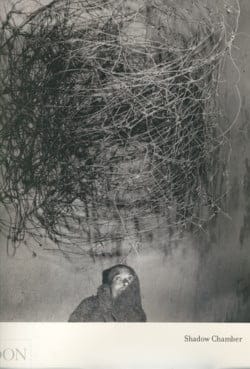 Out of stock
Out of stockRoger Ballen (b.1950) challenges the ways in which we perceive the ‘reality’ of photography. His striking, ambiguous images of people, animals and objects posed in mysterious, cell-like rooms occupy the grey area between fact and fiction, blurring the boundaries between documentary photography and art forms such as painting, theatre and sculpture.
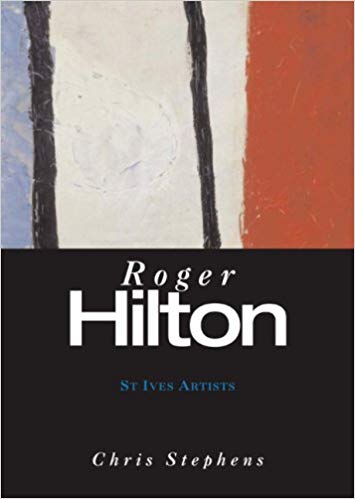
Roger Hilton began his extraordinary career as a figurative artist, however in the 1950s he became involved in the important school of British abstraction which emerged from St Ives that included the artists Ben Nicholson, Peter Lanyon, Patrick Heron, Barbara Hepworth and Terry Frost.
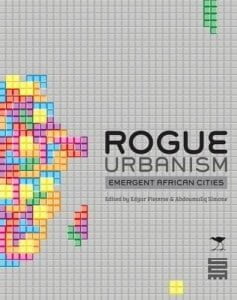
The unique ambition of Rogue Urbanism is to produce new and relevant theoretical work on African urbanism in a way that works within the border zone between inherited theoretical resources and artistic representations of everyday practices and phenomenology in African cities.
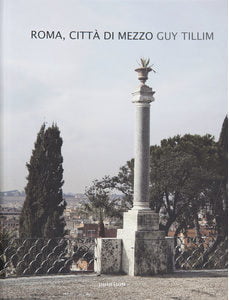
Images of Rome, focusing on the architecture, with few people in the photos. Leporello bound, so the book folds out into one long photo display. Unpaginated, color throughout.

In the 1930s and 1940s, while the battles for modern art and modern society were being fought in Paris and Spain, it seemed to some a betrayal that John Betjeman and John Piper were in love with a provincial world of old churches and tea shops.
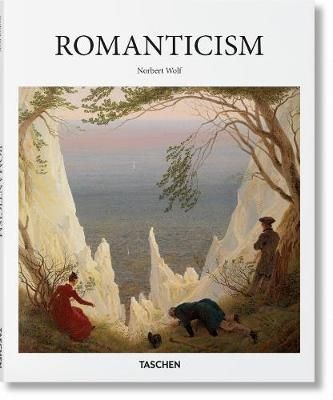
Around 1800, philosophers, writers, and artists revolted against rationalism, spreading a new “romantic” vision—one that believed in the goodness of humanity, the divine spirit of nature, and that saw the artist as an individual creator. This comprehensive introduction gathers an essay situating the genre across different regions, crisp reproductions, and detailed interpretations of 31 crucial pieces. For more information…
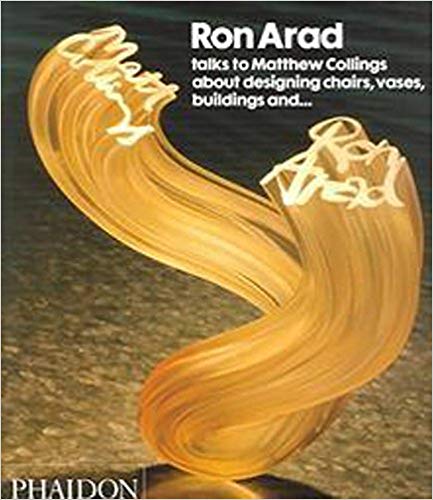
The conversation between Collings and Arad starts with the question: what is design? From this first, basic question they embark on a journey that touches the most important art and design issues, inside and outside Ron Arad’s work.
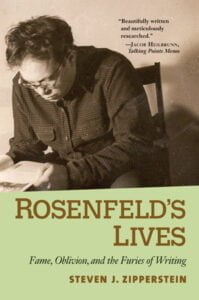
Fame, Oblivion and the Fury of Writing Born in Chicago in 1918, the prodigiously gifted and erudite Isaac Rosenfeld was anointed a genius upon the publication of his luminescent novel, Passage from Home and was expected to surpass even his closest friend and rival, Saul Bellow. Yet when felled by a heart attack at the…
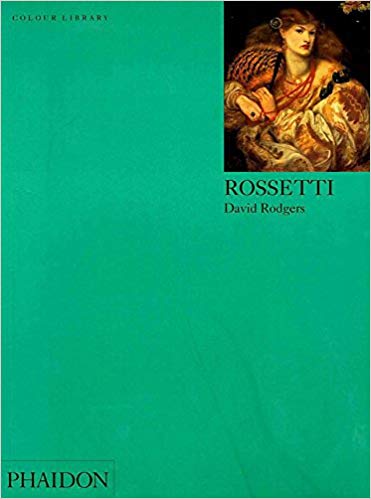
Dante Gabriel Rossetti (1828-82) produced some of the most glittering and evocative images of the Victorian era. A member of the influential Pre-Raphaelite Brotherhood, Rossetti found inspiration in the works of Dante, Shakespeare and Malory, with many of his paintings depicting scenes from Arthurian legends and tales of medieval chivalry. He was also an accomplished poet, whose verses frequently dealt with the same themes as his paintings.
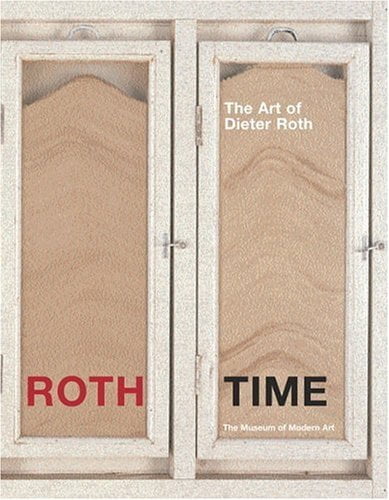
Sculptor, poet, diarist, graphic designer, pioneer artist’s book maker, performer, publisher, musician, and, most of all, provocateur, Dieter Roth has long been beloved as an artist’s artist. Known for his mistrust of all art institutions and commercial galleries–he once referred to museums as funeral homes–he was also known for his generosity to friends, his collaborative spirit, and for including his family in his art making.
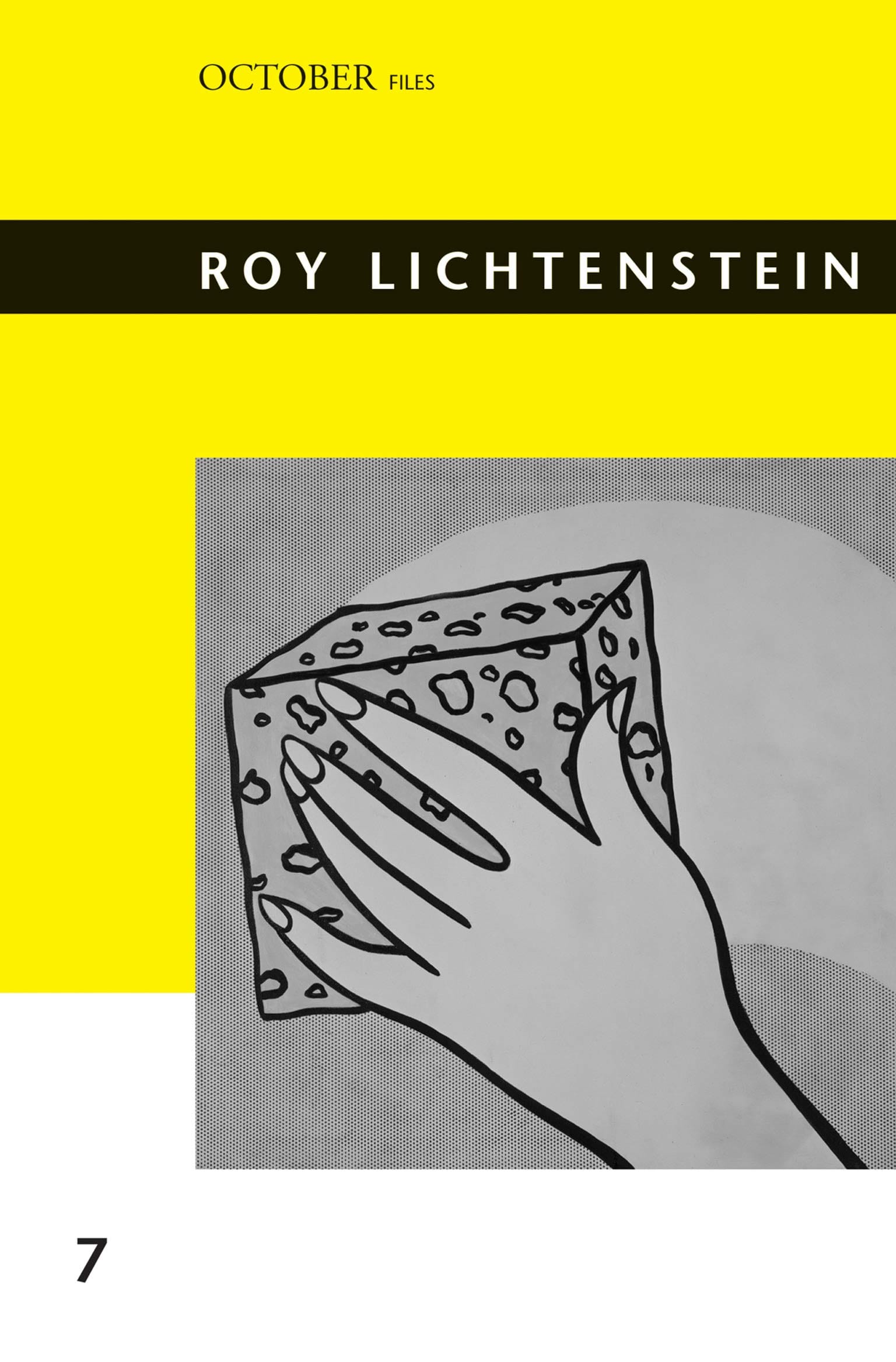
Roy Lichtenstein’s popular appeal?and his influence on pop culture, seen in everything from greeting cards to sitcoms?at times overshadows his importance to contemporary art. Yet, examined on its own terms, Lichtenstein’s comics-inspired, deadpan artwork remains as truly unsettling to art-world orthodoxies today as when it first gained wide attention in the early 1960s. This book…

The tumultuous events of the Russian Revolution were matched by dramatic shifts in graphic art and design that continue to influence our visual landscape. David King, an internationally acclaimed graphic designer, selected the posters reproduced here from his own unparalleled collection. Constructivist posters, socialist advertising, and biting political satire are all represented, as are artists such as Alexander Rodchenko, El Lissitzky, and Gustav Klutsis. King sets the posters in context and profiles the art directors whose vision played a vital role in creating these striking works.
No products in the basket.